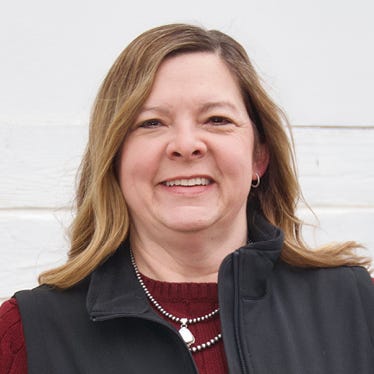February 15, 2023

Leadership is the action one takes to be in charge of a group and get input from the gathering, to do greater good for all who belong. We can see this in organizations, teams, classrooms, governments and families. While some are natural-born leaders, others shy from the position. But to build strength, you need strong directors.
Leaders don’t need to be loud and outspoken, but they need to know how to gather information to build a stronger team and speak up when needed. Just because you volunteer or are voted into a leadership position does not mean you are automatically good at it. Being popular or “the one” someone wants in the role doesn’t always mean you know how to lead.
Don’t just check the box
I’ve been given many opportunities to be a leader and have participated in leadership training to be better at the job. This doesn’t mean I’ve always been an effective leader, but I try. I can guarantee you, though, that given a task or being in a position means I will do it to the best I possibly can, and if I’m a part of that team, it means I’m passionate about the goals set forth, even if it means I must learn about them.
I hate to hear about those who are in a leadership role who won’t stand up for the group or who don’t want to get up and say how they feel.
Are you just checking the volunteer box because you think that’s how it works? Or because you like the trips? I’m here to tell you, that’s not how it works. Whether you are a state commodity leader, a county supervisor, a captain of a team or the speaker of a classroom group, you need to be effective. What does that entail?
1. Talk to the members and ask them for concerns about what’s going on in your organization, team or class. Ask about the end goal.
2. Build a list of how these concerns could be dealt with and the goals that could be met for the greater good of the group.
3. Delegate help within the group to gather more information and find purpose in the legislation, policy or gameplan.
4. Develop an action plan to resolve concerns and reach goals.
5. Work through all angles of possible roadblocks or challenges.
6. Collaborate the ideas of the group and build a consensus.
7. Put the strategy to work to meet the objectives.
8. Assess how well the group worked together and how well the leader(s) helped get there.
9. Make necessary changes to ineffective leadership.
This may not be a perfect action plan, but it certainly is how many groups work. Don’t just check a volunteer box and take a job unless you have purpose in your involvement, are passionate about the cause and will help attain the final goal.
Comments? Email [email protected].
About the Author(s)
You May Also Like






